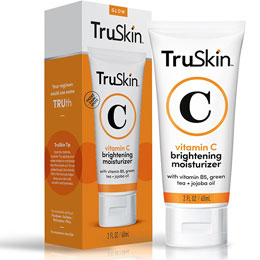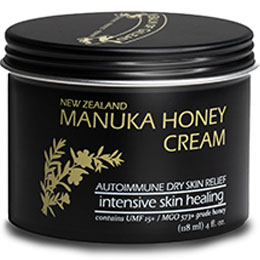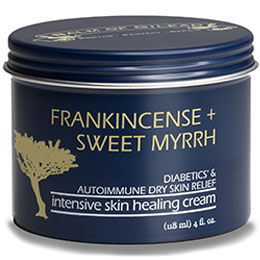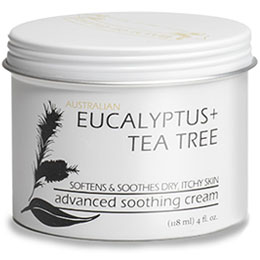Natural Soap Making eBook Giveaway
This contest ended August 15, 2015. The Winner is Angela McGlothern. Thank you all for your participation and your support.
I’m going to be giving away a free eBook written by Jan Berry called “Natural Soap Making: Cold Process Soap Basics and Recipes”. This eBook contains 75 pages of information for both beginners and experts.
For all you DIYers, this is a great book to have on your computer, tablet or ipad - and best of all - it's free.
What Can I do for a Chance to Win?
I’m so happy that I met the first part of my goal which was to have 50 likes on my Facebook page. My new goal now is trying for 100 likes.
Just like my Facebook page and on August 15th, I’ll draw a name from a hat and announce the winner. It can't get much easier and I do appreciate the Likes and I hope you are taking a look around my website at the same time.
I'm so excited for this giveaway and I can’t wait to announce the winner!.
What is Included in the eBook?
With this book, you will learn:
- How to make cold process soap.
- How to include flowers and herbs in your soap creations.
- How you can use all natural ingredients to color your soaps.
- How to understand the lye calculator and not be intimidated by it.
- How to change a recipe and use something of your own you’d like to try.
- Troubleshooting problems and much more.
Also included are 25 recipes and each project includes a beautiful layout of rich, full color photos and a step by step process so you feel safe making your own soap. The cold process soap making recipes are gluten free, dairy free, soy free, and canola oil free.
For the beginner, most of the research is done for you, Jan has put a lot of time into this for you.
Here’s a sampling of a few of the soaps you'll learn to make, I know you’re going to find many more that you’re going to love making and using.
Violet Flower Soap

Garden Rose Soap
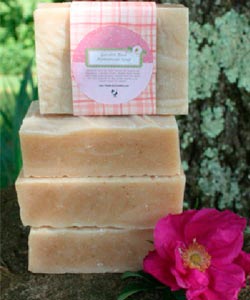
Lavender Soap

The following are excerpt from the book.
Adding Flowers & Herbs to Soap
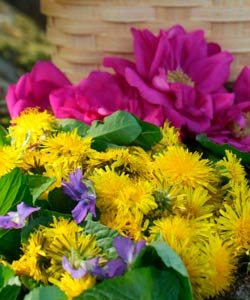 My favorite way to create custom soaps is by adding flowers and herbs as a tea or oil infusion to the recipe. While some feel that the health benefits of certain plants are carried over to the final soap, others disagree. Personally, I just enjoy the creativity factor in using the plants growing around me to create a unique soap.
My favorite way to create custom soaps is by adding flowers and herbs as a tea or oil infusion to the recipe. While some feel that the health benefits of certain plants are carried over to the final soap, others disagree. Personally, I just enjoy the creativity factor in using the plants growing around me to create a unique soap.
The main criteria I use for determining which flowers and herbs are safe to experiment with is if they're edible or not. If a plant is safe to eat, I figure in virtually all cases, it should also be safe to use on our skin.
About Lye & Safety
A lot of people love the idea of making their own soap, but get intimidated by the thought of handling lye. I can completely relate, because I was terrified of it as well! Once you make your first batch though, you realize, yes, lye can be dangerous and it deserves a great deal of respect. However, the same can be said for strong household chemicals such as bleach and ammonia. All items of this sort can cause potential harm and should be handled carefully
and only by adults. Children and pets should never be allowed in the work area.
Mixtures containing lye should be clearly marked with the word: “LYE” in bold letters along with a crossbones symbol for non-readers. If lye solution is accidentally swallowed, drink plenty of water, call poison control, and seek medical treatment immediately. Lye mixtures and raw soap are very alkaline and caustic. When working with them, you should always wear gloves, long sleeves, and safety goggles. If lye solution or raw soap gets in your eyes, rinse thoroughly with water, then promptly seek medical attention.
Always pour lye into water. Doing it the opposite way could possibly cause overheating and a lye volcano. Work in your kitchen sink so if anything spills, overflows, or breaks, it will all be contained in one area.
Avoid breathing in lye fumes. Since we're working with teas and infusions in this book, the fumes are usually less offensive than with plain water. However, you should still turn your head away while first mixing the lye into
water, work at arm's length while you stir to dissolve the lye, and have good ventilation at all times. If you have breathing issues or concerns about this step, consider wearing a face mask.
If you spill some lye solution or raw soap on your skin, rinse thoroughly with plenty of cold water. Seek medical treatment if you have damaged large areas of skin or have persistent pain.
Why Do We Need Lye Anyway?
Our grandmothers made homemade soaps without having to use a caustic chemical, so why do we? The short answer is that our grandmothers manufactured their own caustic chemical of sorts, called potash, from hardwood ashes. Since there was no way of standardizing the ingredient, often their soaps turned out extremely harsh. By using a standardized lye (sodium hydroxide for solid soaps and potassium hydroxide for liquid soaps), these days we're able to consistently produce batch after batch of gentle bars of soap.
Without lye, the oils in your recipe would stay oils. A chemical change must happen in order to create soap. The fatty acids bond with the sodium part of sodium hydroxide and form soap. What's left over is glycerin, which is great for your skin! No actual lye is left in the finished soap.




 Wellness Mama 5 Step Lifestyle Detox
Wellness Mama 5 Step Lifestyle Detox

